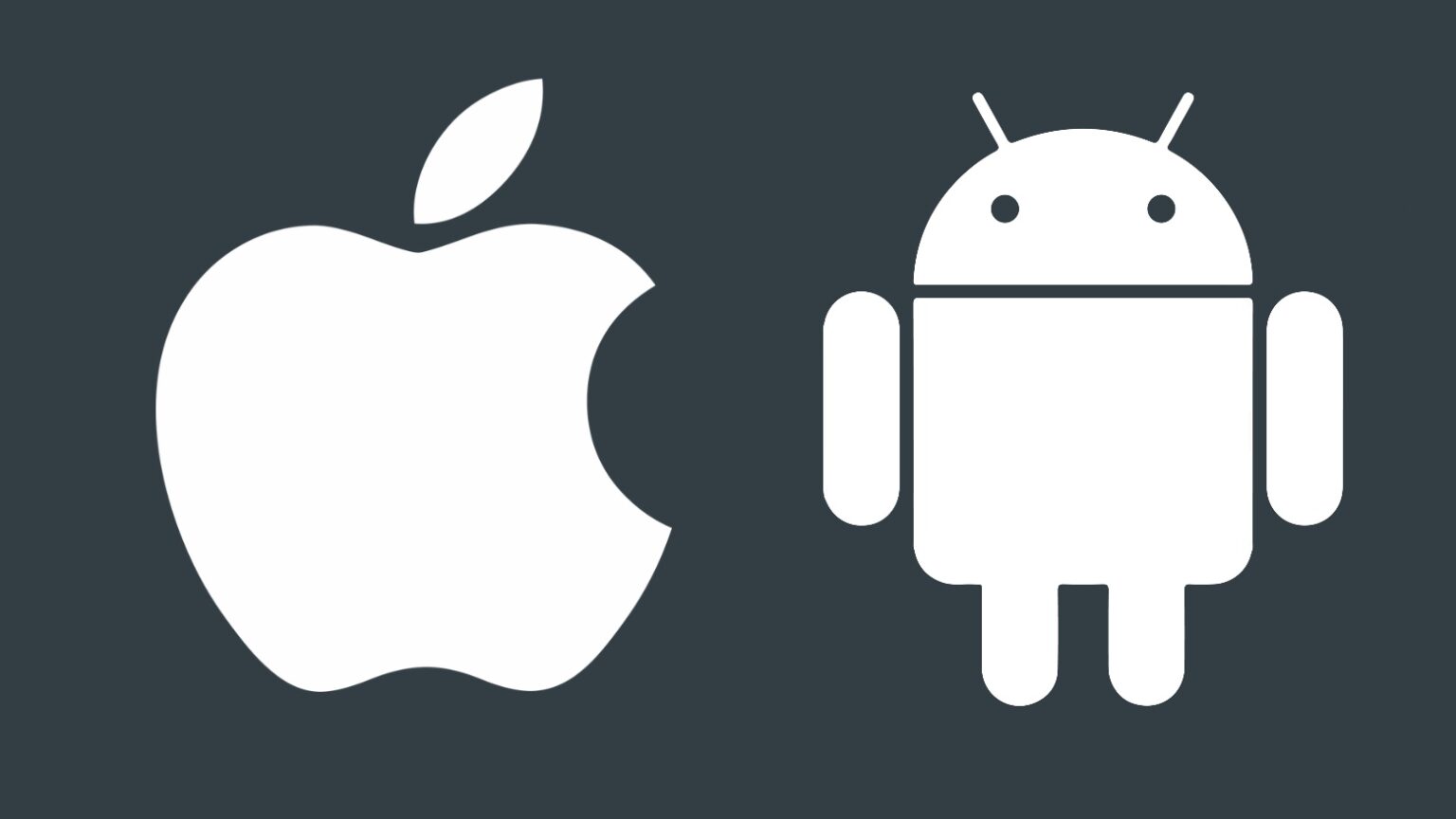

Newest Android version installed on a mere 5% of devices
source link: https://www.cultofmac.com/803262/newest-android-13-version-installed-on-5-percent-of-devices/
Go to the source link to view the article. You can view the picture content, updated content and better typesetting reading experience. If the link is broken, please click the button below to view the snapshot at that time.
Newest Android version installed on a mere 5% of devices

Android 13 is out of the reach of most users. In contrast, virtually all iPhone owners can install iOS 16.
Photo: Ed Hardy/Cult of Mac
It’s considered somewhat controversial that iOS 16 has been installed on only about 70% of iPhones four months after its release. But that’s a problem Google can only dream of. A full six months after the debut of Android 13, it’s on a whopping 5.2% of devices.
A year ago, Samsung has promised users more Android updates. Clearly, it’s not having much of an effect.
Android 13 is only for a fortunate few
Unlike with iPhone, Android owners do not get easy access to operating system upgrades. Which is why so many of those devices get stuck running obsolete versions from years ago.
Samsung sells more Androids than any rival, and it’s started taking steps to provide its users with more updates. The Korean company committed itself in February 2022 to introducing four generations of Android OS updates for its high-end smartphones.
And it’s carrying through, releasing an Android 13 update in autumn 2022. But the whole problem with the distribution of new Android OS versions is right there in Samsung’s original promise.
Google makes the operating system but it can’t release updates for third-party handset makers. They have to do it themselves – a process that takes months. And it’s challenging enough that Samsung and others generally only make updates for their high-end smartphones. Then factor in market research that shows top-tier Android models sell in much smaller numbers than cheaper ones.
So most Android users have mid-range or lower handsets that might or might not get any OS updates. Their only sure way to get an update is to buy a new device.
That’s why such a minuscule percentage of users have the version released in 2022. And Google’s own data shows that the two previous versions, Android 12 and 12L, are on only 18.9% of users, according to 9to5Google. Over 13% of devices are still running Android 9 Pie, a version introduced over four years ago.
iOS 13 is for all iPhone users
Contrast that with iOS. The iPhone ecosystem enables Apple to release system software updates for all devices at once, on the same day, no matter whether the handset is the top-of-the-line or a budget model. And these are made available to every iPhone from the previous five years. iOS 16 can be installed on the iPhone 8 from 2017, for example.
The fact that most Androids don’t have access to OS updates is one of the most significant iPhone advantages. And Google own data shows that advantage isn’t going away, despite Samsung’s efforts.
iPhone users aren’t adopting new versions as quickly as they used to, but that’s by choice. A choice a majority of Android users don’t have.
Recommend
About Joyk
Aggregate valuable and interesting links.
Joyk means Joy of geeK